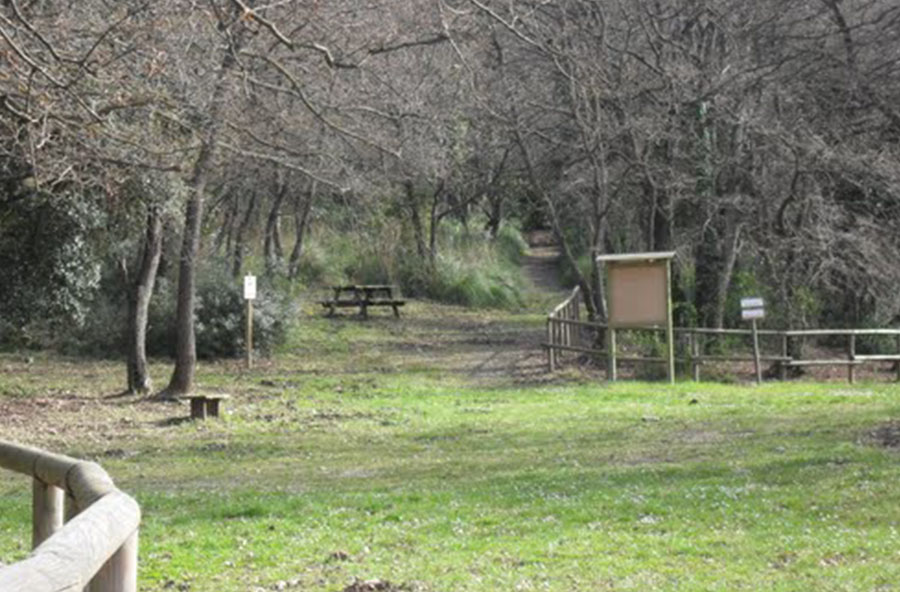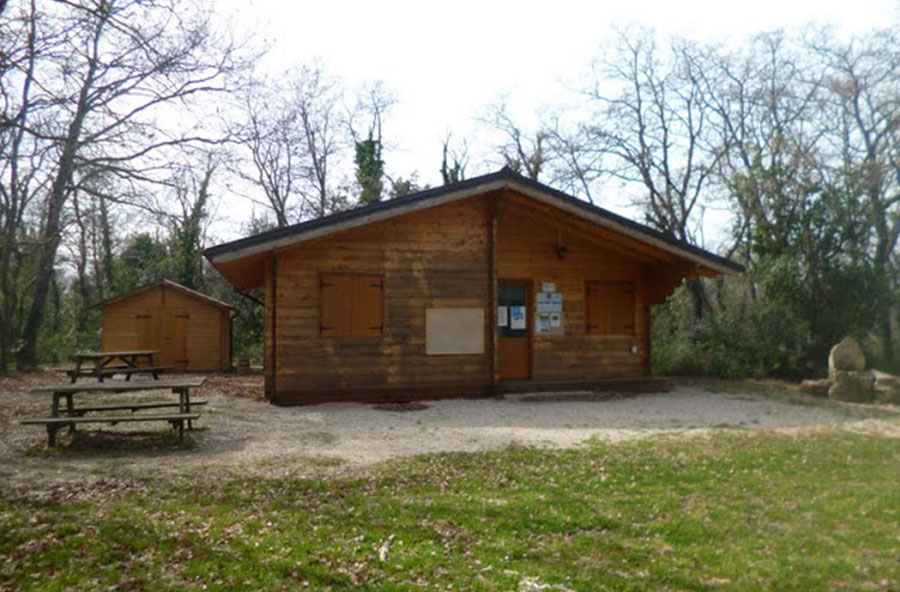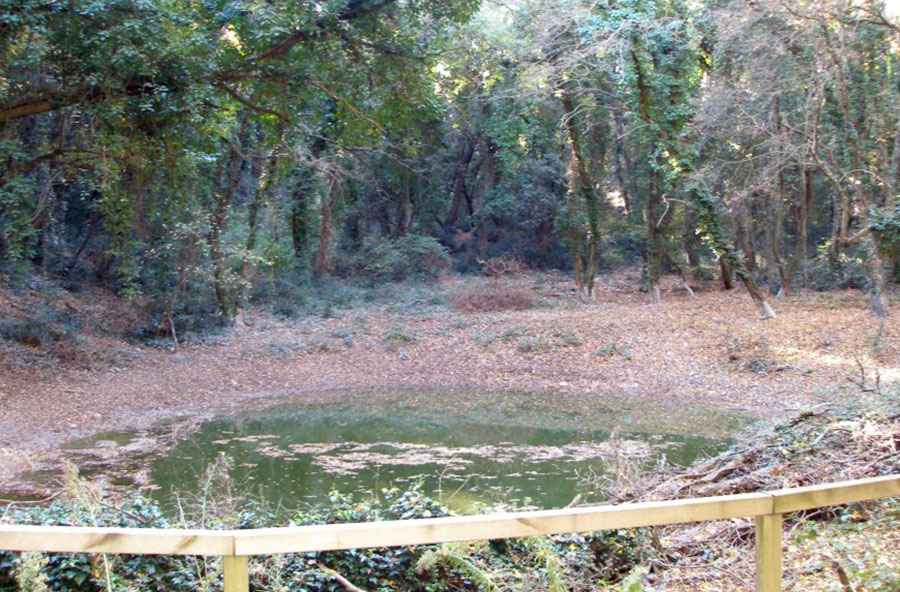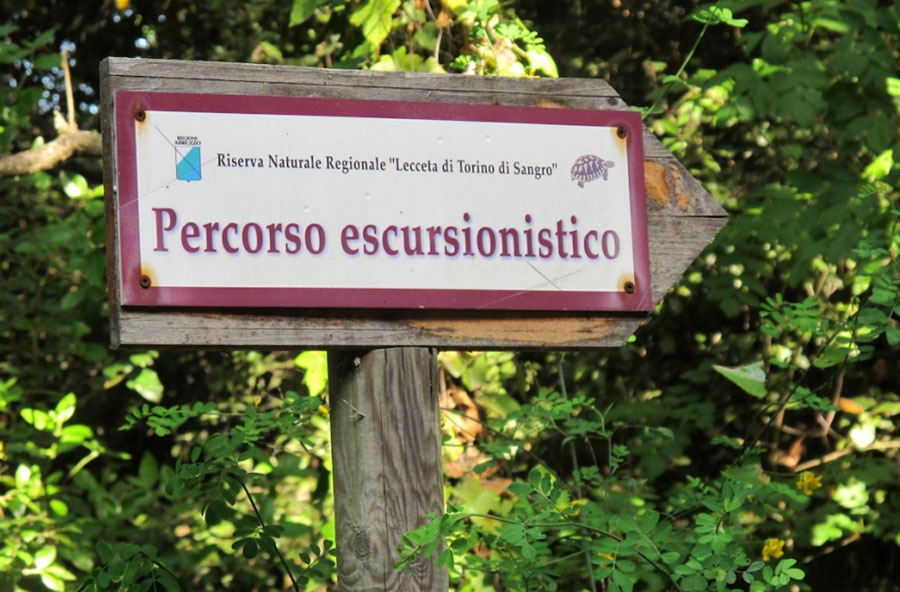Lecceta of Torino di Sangro
The Regional Natural Reserve “Lecceta of Torino di Sangro” was established with L. R. n. 67 of 19.12.2001 and covers 175 hectares. The area, which also includes the mouth of the Sangro river, is dominated by a mixed forest dominated by the lush Mediterranean scrub. Due to its remarkable vegetational interest, in 1971 the wood was included among the biotopes of significant vegetational interest worthy of protection of the Italian Botanical Society and subsequently protected by the Regional Flora Law n. 45/79. The wooded area, which extends at the corner between the last stretch of the Sangro river near the mouth and the Adriatic coast, is spread over an area that is actually much larger than that of the Reserve. It is one of the few coastal relict forests on the Adriatic, planted on Pliocene sandstones that extend from sea level up to about 115 m above sea level and form an environmental unicum with the wide riparian stretches of the Sangro.
The dominant tree species is the holm oak (Quercus ilex) which is associated with the downy oak (Quercus pubescens) and the manna ash (Fraxinus ornus), while in the more mesophilic sectors with northern exposure there is the Turkey oak (Quercus cerris) and a rich undergrowth dominated by dense carpets of ivy (Hedera elix). The shrub layer is very rich in species, with a high density of individuals. The holm oak and the downy oak are associated with the oriental hornbeam (Carpinus orientalis), the dogwood (Cornus sanguinea), the St. John’s rose (Rosa sempervirens), the hawthorn (Crataegus monogyna), the privet (Ligustrum vulgare), the butcher’s broom (Ruscus aculeatus). Interesting is the presence of alaterno (Rhamnus alaternus), licorice (Glycyrrhiza glabra) and mastic (Pistacia lentiscus). This wood is also of great importance for the fauna: in addition to the aquatic birds that frequent the mouth of the Sangro and the Adriatic coast, numerous birds find refuge in the thick Mediterranean vegetation, both during the reproductive period and in the periods of passage. The most interesting species are the sylvanians including the blackcap (Sylvia atricapilla), the black-eyed (Sylvia melanocephala), the white-eyed (Sylvia cantillans), the canapine (Hippolais polyglotta) as well as numerous small more common birds such as the tits (Parus sp . pl.), the wren (Troglodytes troglodytes), etc. Interesting species such as the red-throated pipit (Anthus cervinus) have rarely been observed near the mouth, during the passage period, while the (exotic) bee-eater (Merops apiaster) nests in the marginal areas of the forest.





